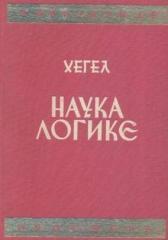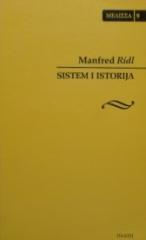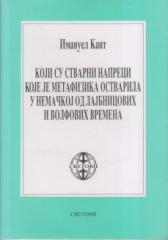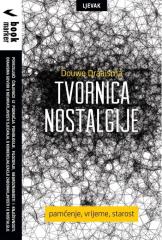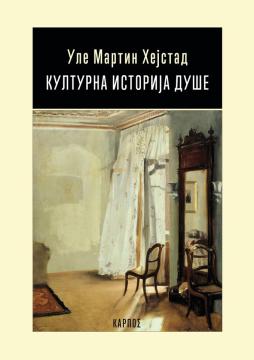
Kulturna istorija duše
Knjiga norveškog autora Olea Martina Høystada pruža sveobuhvatan pregled razvoja koncepta duše kroz različite epohe i kulture. Autor istražuje kako je poimanje duše evoluiralo od antičkih vremena do suvremenog doba.
Knjiga je strukturirana kronološki, počevši od antičkog svijeta gdje se koncept duše prvi put pojavljuje u Homerovim djelima kao sjena ili odraz života. Platonova filozofija donosi produbljivanje pojma psyche, predstavljajući dušu kao besmrtnu i božansku esenciju čovjeka. Aristotel, s druge strane, pristupa duši kao formi tijela, povezujući je s funkcijama života.
U srednjem vijeku, kršćanska teologija, posebno kroz djela svetog Augustina, interpretira dušu u kontekstu grijeha i spasenja, naglašavajući njen vječni značaj. Renesansa donosi humanistički pristup, gdje mislioci poput Montaignea preispituju prirodu duše kroz prizmu skepticizma i individualizma. René Descartes uvodi dualizam tijela i duše, postavljajući temelje modernoj filozofiji uma.
Høystad također istražuje percepciju duše u drugim kulturama, s posebnim osvrtom na budizam i islam. U budizmu, cilj je transcendirati individualnu dušu kako bi se postiglo prosvjetljenje, dok u islamu duša ima ključnu ulogu u odnosu prema Bogu i sudbini nakon smrti.
Nema primjeraka u ponudi
Poslednji primjerak je nedavno prodan.

